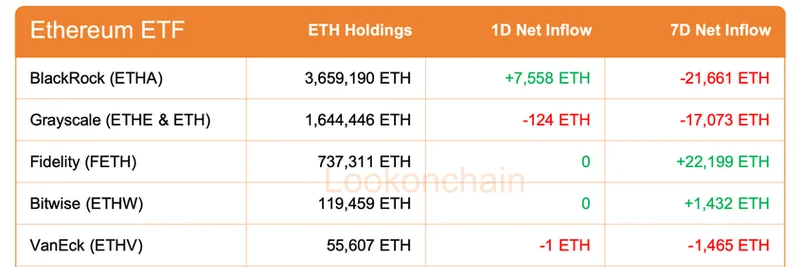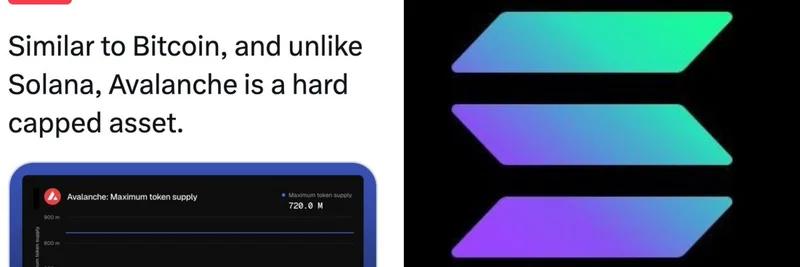In the ever-evolving world of crypto, few voices carry as much weight as Arthur Hayes, the former CEO of BitMEX and current CIO of Maelstrom Fund. In a recent episode of the When Shift Happens podcast, hosted by Kevin Follonier, Hayes breaks down his bullish Bitcoin thesis, sharing why he keeps most of his wealth in BTC and how he navigates the wild ride of altcoins—often called "shitcoins," which include many popular meme tokens. If you're a blockchain enthusiast or meme token trader looking to level up, this summary pulls out the key takeaways to help you understand the bigger picture.
Why Bitcoin Remains King
Hayes kicks things off by reaffirming Bitcoin as the ultimate wealth preserver in a world drowning in fiat money printing. With over 15 years of battle-tested tech under its belt, Bitcoin isn't just another asset—it's the benchmark for everything else in crypto. Hayes isn't a strict Bitcoin maximalist, but his strategy is clear: use altcoins to stack more sats (that's crypto slang for accumulating more Bitcoin).
At Maelstrom Fund, every investment is measured against BTC's performance. If a project or token can't outperform Bitcoin, why bother? This mindset is gold for meme token holders, as many memes fall into the "shitcoin" category Hayes mentions. The goal? Ride the hype waves of volatile tokens to flip them into more stable, long-term BTC holdings.
Decoding Liquidity and Market Cycles
One of the episode's highlights is Hayes' deep dive into liquidity—the lifeblood of markets driven by government money printing. He tracks how quickly governments pump out cash and how markets anticipate it. This "liquidity lens" helps predict booms in scarce assets like Bitcoin and gold.
Right now, Hayes says his team is mostly all-in on liquid investments but picky about entry points. He maps out a cycle peaking around 2028, followed by a massive selloff in 2029-2030 as investor sentiment shifts. Even if politicians don't actually stop the presses, the belief that they might could trigger a correction. For meme token traders, this means timing is everything: aim for 10-100x gains in 2-3 years, then rotate profits back to BTC before the tide turns.
Hayes shouts out projects like Ethena and EtherFi, built during the bear market, as examples of smart positioning. If you're dabbling in memes, think about protocols with real utility that can survive beyond the pump-and-dump phase.
The Stablecoin Revolution
Shifting gears, Hayes dubs himself a "U.S. dollar stablecoin maxi." Why? Billions worldwide crave the dollar's stability and yield, even if the currency itself is flawed compared to crypto. He sees stablecoins as the next big thing for scaling finance, especially for small businesses handling invoicing, taxes, and payroll compliantly.
The U.S., he predicts, will push dollar-pegged stables to fight de-dollarization and fund Treasuries. But with big players dominating issuance, the real opportunity lies in infrastructure. For meme insiders, this ties into the broader meta: as stables grow, they could provide liquidity rails for meme token trading, making wild swings more accessible and efficient.
Hayes stresses that winning tokens now need real users and cash flows back to holders. He praises DEXes like Hyperliquid for sharing trading revenue with the community. But watch out—zero-fee competitors could disrupt this model. The future? Innovative economics that go beyond fees, which is crucial for meme tokens often built on community hype rather than fundamentals.
Balancing with Gold and Personal Discipline
Don't sleep on gold, says Hayes—it's still "the money of governments" and a solid hedge for geopolitical risks. He runs a barbell strategy: crypto on one end, Treasuries plus gold miners on the other. This diversification tip is handy for anyone heavy in volatile memes; a bit of gold exposure could smooth out the bumps.
On the human side, Hayes keeps it real about risk management. If Bitcoin's price keeps you up at night, you're overexposed. He trades less than 5% of his net worth actively, focusing on gut instinct informed by constant reading. His life philosophy? Work hard for what matters, but money's just a tool for freedom—like skiing in Japan or playing tennis. It's a reminder that crypto success isn't about endless grinding; it's about building a life beyond the charts.
Key Lessons for Crypto Practitioners
Wrapping up, Hayes' chat is a masterclass in macro thinking blended with practical advice. Bet on scarcity amid inflation, benchmark against Bitcoin, demand real value from projects, and size positions for peace of mind. For meme token fans, his "shitcoin to BTC" framework is a playbook: chase those moonshots, but always have an exit to the king of crypto.
If this piques your interest, check out the full episode on YouTube, Apple Podcasts, or Spotify. And for the original thread, head to Kevin's post on X. Stay tuned to Meme Insider for more breakdowns on how big-picture crypto trends impact the meme token scene!



